
The wallcreeper (Certhia muraria Linnaeus, 1766) is a member of the Tichodromidae family of wall-climbing birds in the Passeriformes order. This is a little bird that is between 17 g and 19 g in weight and measures between 15.5 cm and 17 cm from the tip of the beak to the end of the tail. “Tichodromidae” owns its name from an ancient Greek word that means “wall running”, alluding to the habit of clinging to and ascending mountain walls in search of food.
They are typically found at altitudes between 1000 m and 3000 m above sea level, according to previous studies of the bird fauna in the world, which have documented the distribution of this species throughout the region from Europe to central China. In winter, the bird migrates to lower elevations. In the summer, Wallcreepers breed in couples and frequently build their nests from grass and moss in cracks and rock crevices.
The females lay 4-5 white eggs that are 21 mm long and marked with a small number of black or reddish-brown speckles. The eggs are incubated in 19-20 days. Baby birds are taken care of by both males and females until they fledge.
Insects are the primary diet of Wallcrepers. During the winter, they forage solitarily by digging in the rocks, or occasionally flying to catch insects in the air.
According to research results of the bird fauna in Vietnam, the Wallcreeper species (Certhia muraria Linnaeus, 1766) has only been observed twice in rocky areas. Bui Duc Tien recorded and published the first instance in 2017 at Cuc Phuong National Park in Ninh Binh; the second one was documented on January 4, 2023, in the rocky area of Bat Dai Son Nature Reserve, Quan Ba district, Ha Giang province, by the research team of Vietnam – Russia Tropical Centre.
M.S, Pham Hong Phuong, a researcher at the Institute of Tropical Ecology/Vietnam-Russia Tropical Center, captured the following images of the Wallcreeper species (Certhia muraria Linnaeus, 1766) in the Bat Dai Son Nature Reserve:
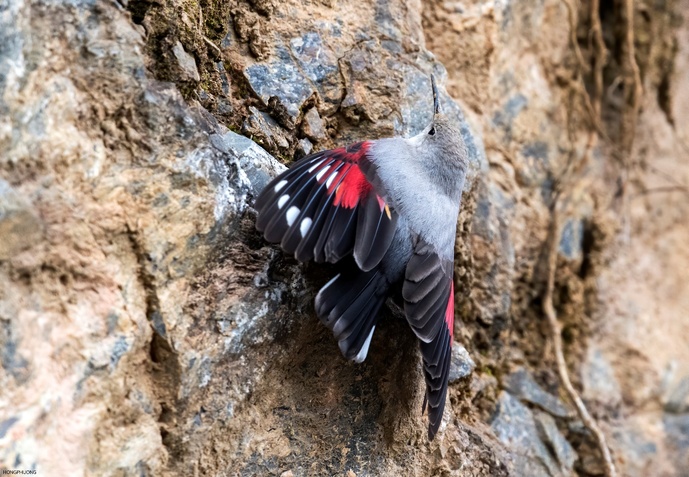
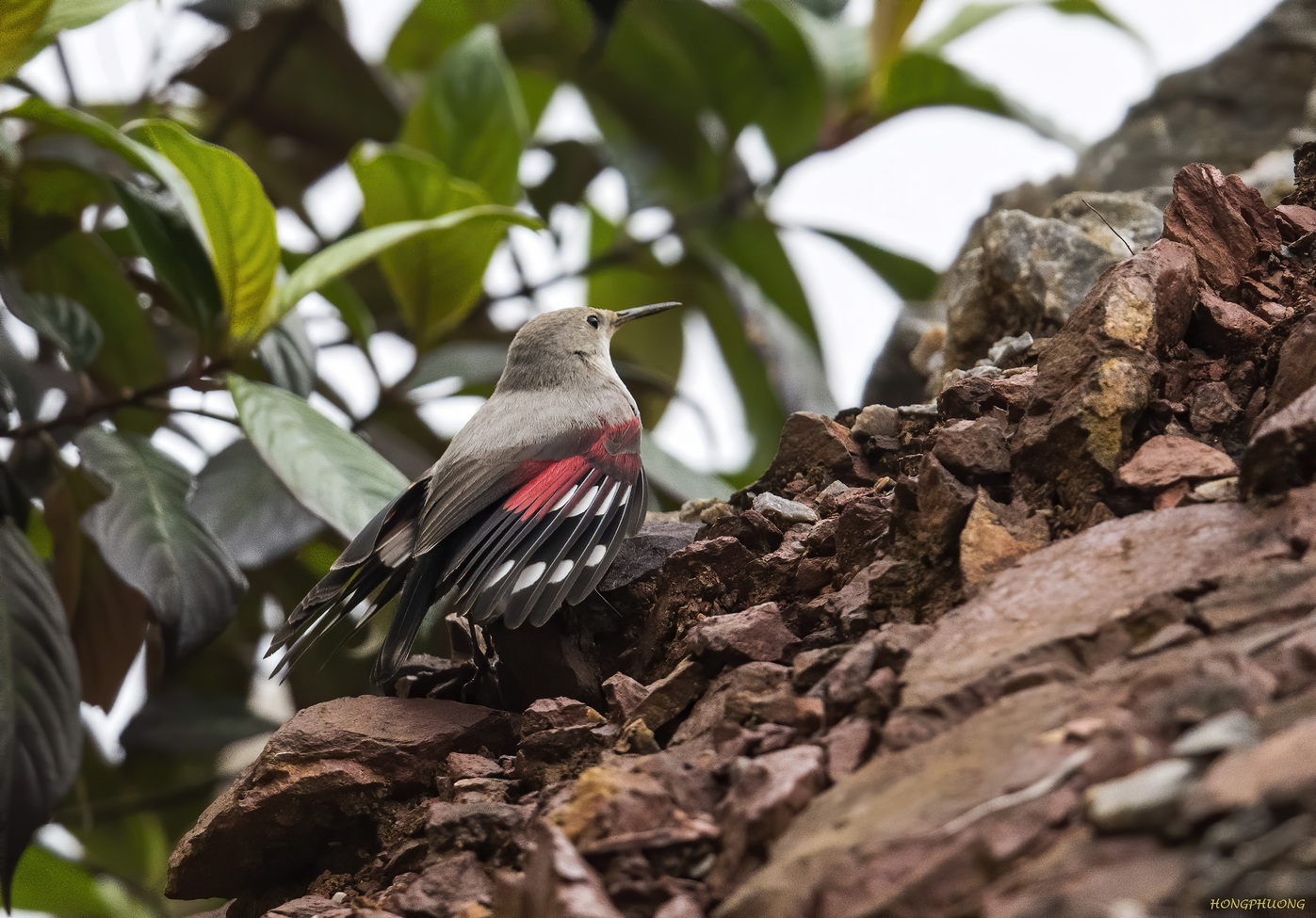
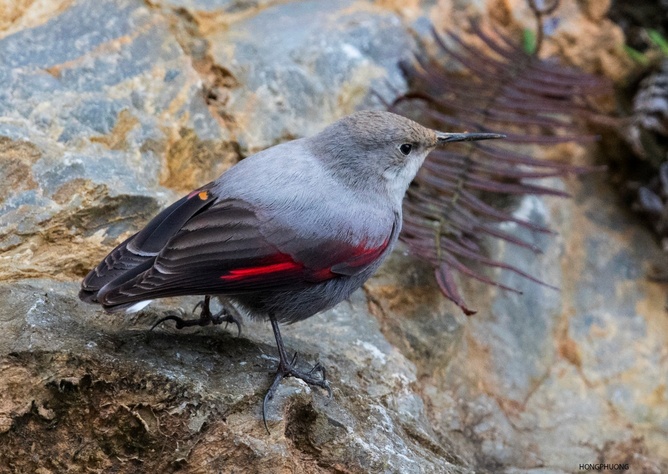
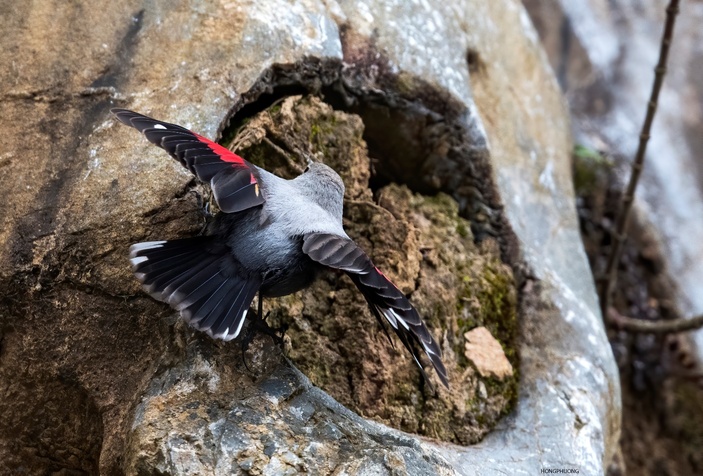
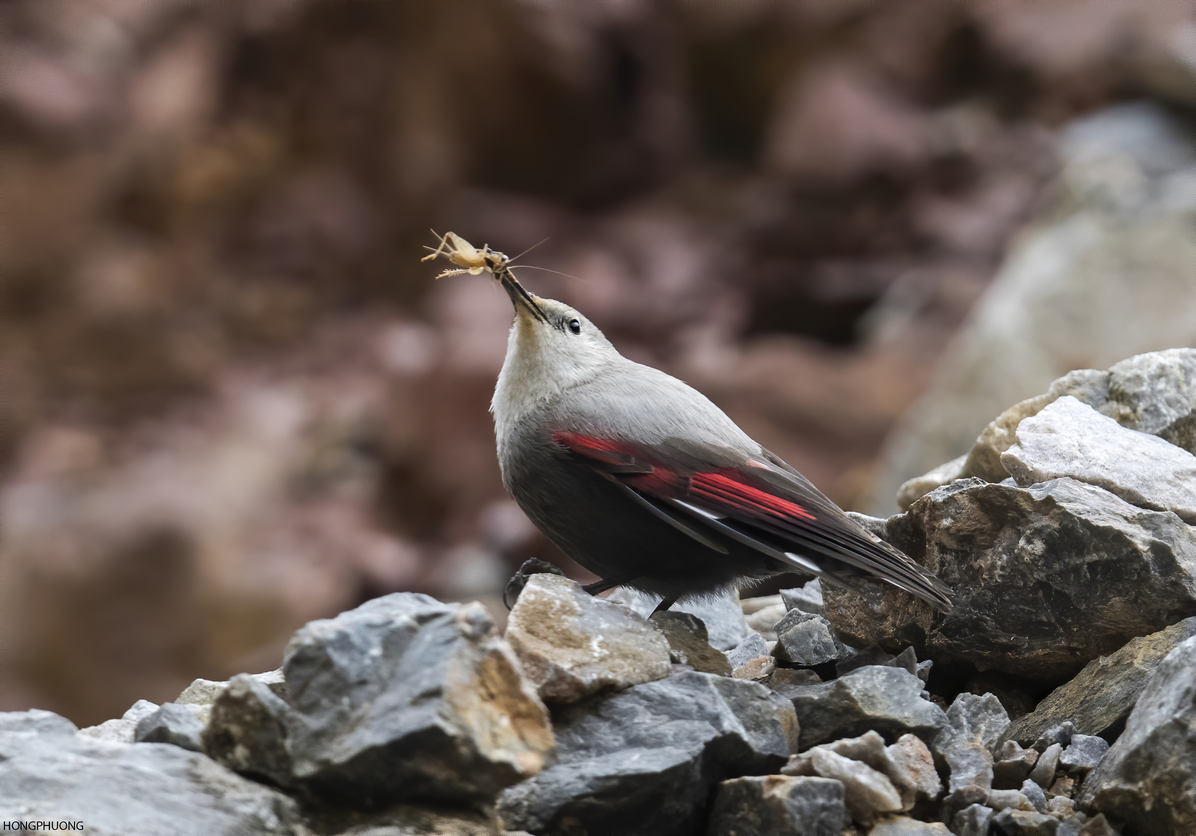
Source: Pham Hong Phuong (Institute of Tropical Ecology)
Translated by Ngoc Nguyen

Những người "trồng rừng" dưới đáy biển

Phát hiện mới về một số loài động vật không xương sống ở khu vực Quần đảo Trường Sa và Việt Nam

Ghi nhận loài chim di cư hiếm tại Việt Nam

Ghi nhận mẫu rết kích thước lớn của loài Scolopendra Cataracta ở Việt Nam

Bí mật về loài nhện lạc đà

Sự đa dạng và phong phú của sinh vật Việt Nam